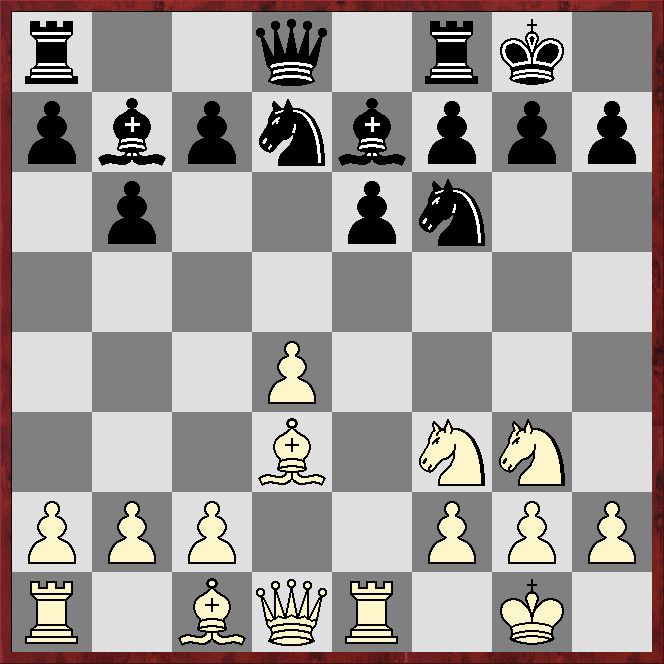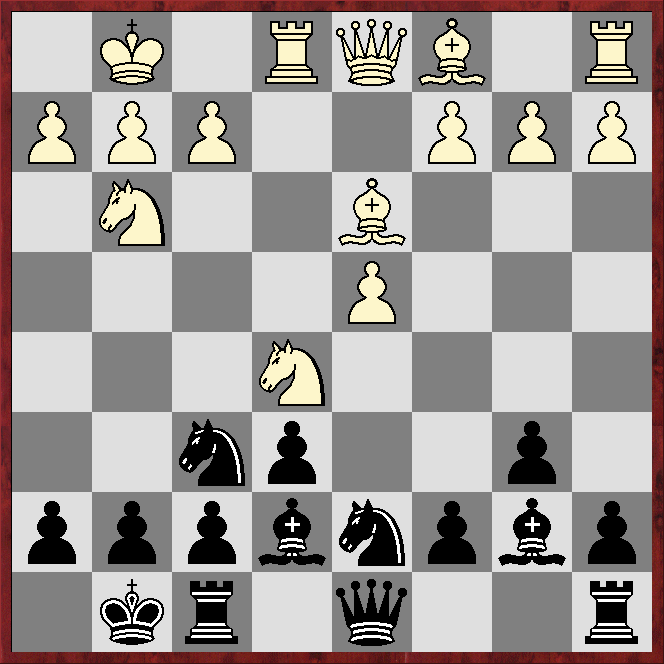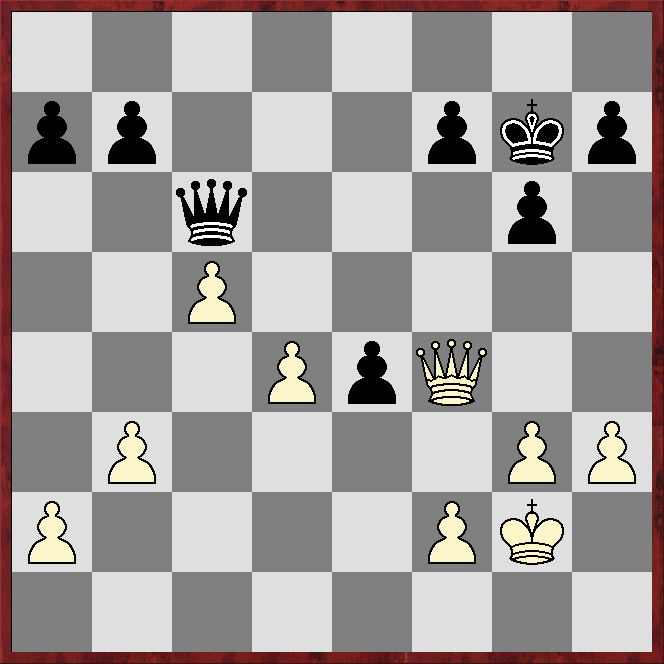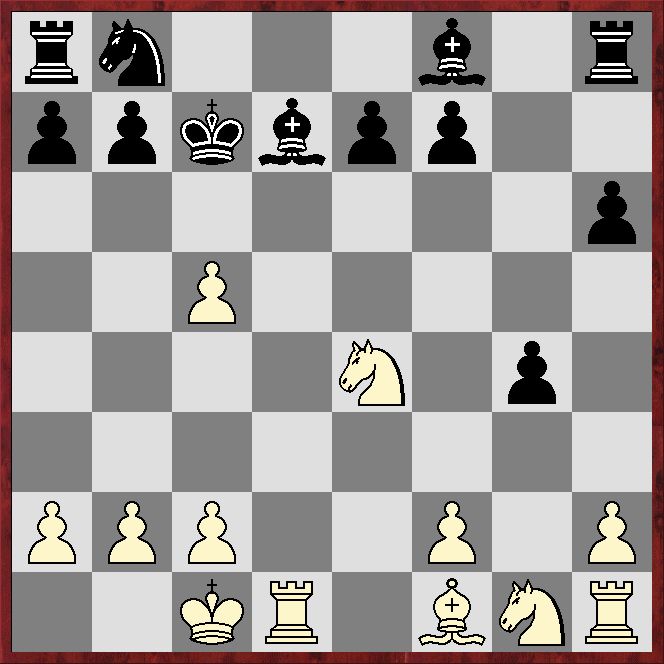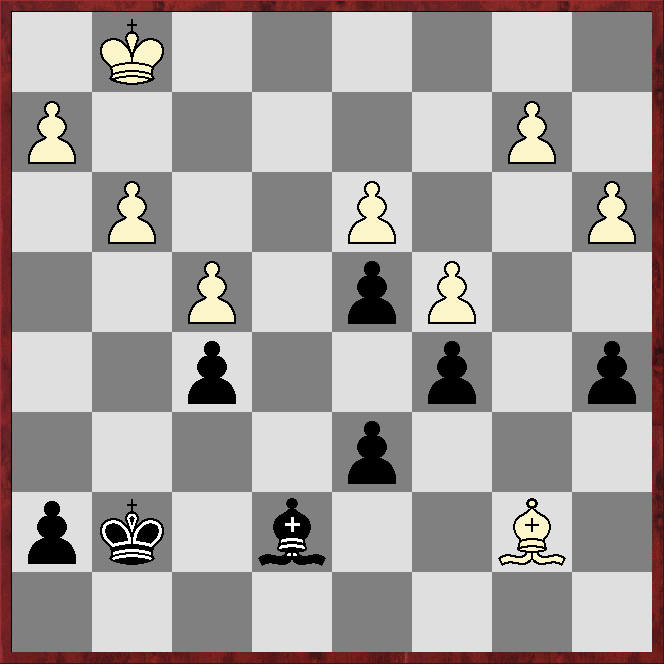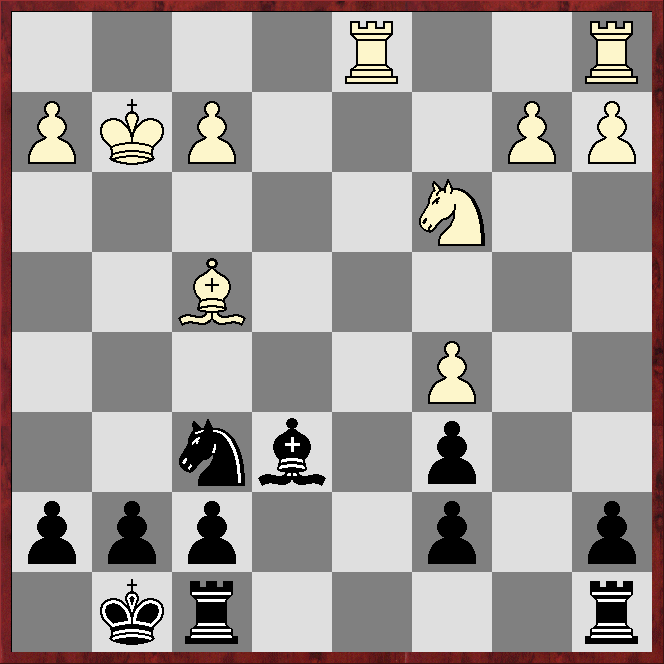A PERSONAL review of 2022.
Most-enjoyable tournament: Bregenz, Austria. What makes this event special is its setting on the shore of the Bodensee (Lake Constance), a short way from the Swiss and German borders. It is held in May, when scenery is being built for a summer festival on what is said to be the world's biggest floating opera stage.
 |
| Early days in building the stage for Madame Butterfly |
Fun new format: European Team Seniors 65+. I have played team chess before, but a team event over nine days was a first for me. It was held in October-November at a spacious conference centre attached to a hotel about a 10-minute walk from Dresden old town in what was East Germany. It was played in a friendly atmosphere, with many players gathering in the venue hotel's bar in the evenings. Unfortunately the bar was closed, if memory serves correctly, from Monday to Wednesday, which certainly put a damper on the event for me.
 |
| Dresden is on the Elbe |
Most-interesting new tournament: Colonia de Sant Jordi, Mallorca. This was held in June in an upmarket hotel in a quiet part of the Balearic island. The hotel is near the coast - it could hardly be otherwise in Mallorca - which made it a good base for walking and exploring when not playing chess.
 |
| Mallorcan sunbathers |
Furthest travelled: Poiana Brașov, Romania (c 1,500 miles). This July tournament was held in a ski resort in the Transylvanian mountains, which meant I was able to include a trip to 'Castle Dracula' as well as enjoy the genuine local history and scenery.
 |
| Transylvania's wooden Orthodox churches are a legacy from when the ruling Habsburgs only allowed stone to be used for Roman Catholic churches |
Best performance: European Team Seniors 65+, Dresden. My score of +5=4-0 gained me 65.8 Fide elo. Honourable mention: Brno, Czechia, where my score of +3=5-1 netted 58 Fide elo.
Worst performance: Kraków, Poland. My score of +1=2-5 in the U2200 tournament cost me 50 Fide elo. Dishonourable mention: Poiana Brașov, where my score of +1=2-5 lost 49.6 Fide elo.
Best game: I was pleased with my draws against grandmaster Ketevan Arakhamia-Grant in Malllorca and international master Paul Littlewoood at the English Seniors 65+ in Kenilworth, Warwickshire. My win earlier this month with black against Simon Spivack (2141) in the Central London League was also pleasing, but I have plumped for a flawed but exciting game, also from the Central London League.
Spanton (2041) - Dimitar Mogilarov (2161)
Division One, Battersea 2 v Athenaeum, Board One (of five)
Sicilian Bb5(+)
1.e4 c5 2.Nf3 d6 3.Bb5+ Nd7!?
This has been recommended as a way to avoid the 'drawish' tendencies of 3...Bd7. There are35,384 examples of the latter in ChessBase's 2023 Mega database, compared with 20,694 examples of the text.
4.c4!?
This has been played by grandmasters, but is only sixth-most popular in Mega23 (commonest is castling).
4...e5!?
Most popular is 4...Nf6 5.Nc3 g6, but preventing White setting up a Maróczy Bind is certainly logical.
5.Nc3 Nf6 6.d3 Be7 7.0-0 0-0
*****
*****
*****
*****
Both players have an awkward-looking piece - the white light-square bishop and the black queen's knight. The nature of the symmetrical pawn-structure means the position is likely to remain closed for some time, and the respective pawn breaks on the f file are likely to be important. Stockfish15 and Komodo13.02 reckon the game is even but that White, if anyone, may have a slight pull.
8.Ne1 Ne8!?
This may be a novelty. Known moves are 8...Nb6 and 8...a6.
9.f4 exf4 10.Bxd7!?
I could not see the bishop playing much of a role in my planned kingside attack.
10...Bxd7 11.Bxf4 Bg5!?
Black offers up the bishop-pair to try to weaken White's initiative. The engines prefer 11...f5 or 11...Nc7.
12.Qd2 Bxf4 13.Qxf4 Be6 14.Nc2!?
Heading for the e3 square.
14...a6 15.Ne3 Nf6 16.Nf5!?
The engines reckon White's advantage is larger after 16.Ncd5.
16...Bxf5 17.Qxf5 Nd7!? 18.Nd5 Ne5 19.Rf4!?
Offering a pawn to maintain the initiative.
19...Nxd3 20.Rg4
*****
*****
*****
*****
20...Kh8
Completely equal, according to the engines, is 20...g6 21.Nf6+ Kg7 (not 21...Kh8? 22.Rh4!) 22.Rf1.
21.Rf1 Ne5 22.Rg3 Qd7
Best, according to the engines, is the counter-intuitive 22...Re8!?
23.Qh5 g6?!
The engines prefer 23...f6 or 23...Qe6, one point being that after 23...f6 the fork 24.Nb6?! can be met by 24...Qe8. However 24.Rh3 makes the fork a real threat, although the engines reckon 24...h6 25.Nb6 gives White at best a slight edge.
24.Qh6 f5?
Better, but still good for White, is 24...f6, eg 25.Nb6 Qg7 26.Qxg7+ Kxg7 27.Nxa8 Rxa8 28.Rb3, when Stockfish15 has White winning but Komodo13.02 reckons the strong knight means White only has a slight edge.
25.exf5??
This turns a winning position into a losing one (Stockfish15), or least one in which Black has the upper hand (Komodo13.02). After 25.Nb6 Qg7 26.Qxg7+ Kxg7 27.Nxa8 Rxa8 28.exf5 White has a much improved version of the previous note.
25...Rxf5 26.Re1 Raf8 27.h3 Qg7
Even stronger, according to the engines, is tripling on the f file with 27...Qf7.
28.Qh4!?
Objectively White should probably exchange queens and try to save the late-middlegame in which Black's extra pawn is backward on a half-open file.
28...Rf2 29.Rb3 Qf7 30.a3?!
I cannot recall why I thought this had any relevance to the position.
*****
*****
*****
*****
30...Nxc4!
Also strong is 30...b5!?
31.Rxb7!?
Not 31.Qxc4? Rxg2+! 32.Kh1 Rh2+! 33.Kxh2 Qf2+ 34.Kh1 Qxe1+ 35.Kh2 Rf2+ 36.Kg3 Rf1+ 37.Kg4 Rg1+ 38.Kf4 g5+ 39.Kf5 Qe5#.
31...Qxb7 32.Re7 Rxg2+! 33.Kh1
Not 33.Kxg2? Qxd5+ etc.
33...Qxe7 34.Qxe7 Rgf2 35.b3 Nd2 36.Ne3 1-0
Black's flag fell as DM played 36...R8f7. After 37.Qxe6 the engines reckon Black needs to find 37...Nf3!, eg 38.Ng4 Rf1+ 39.Kg2 Ne1+ 40.Kh2 h5, to maintain a large winning advantage.
Definitely a flawed game!






